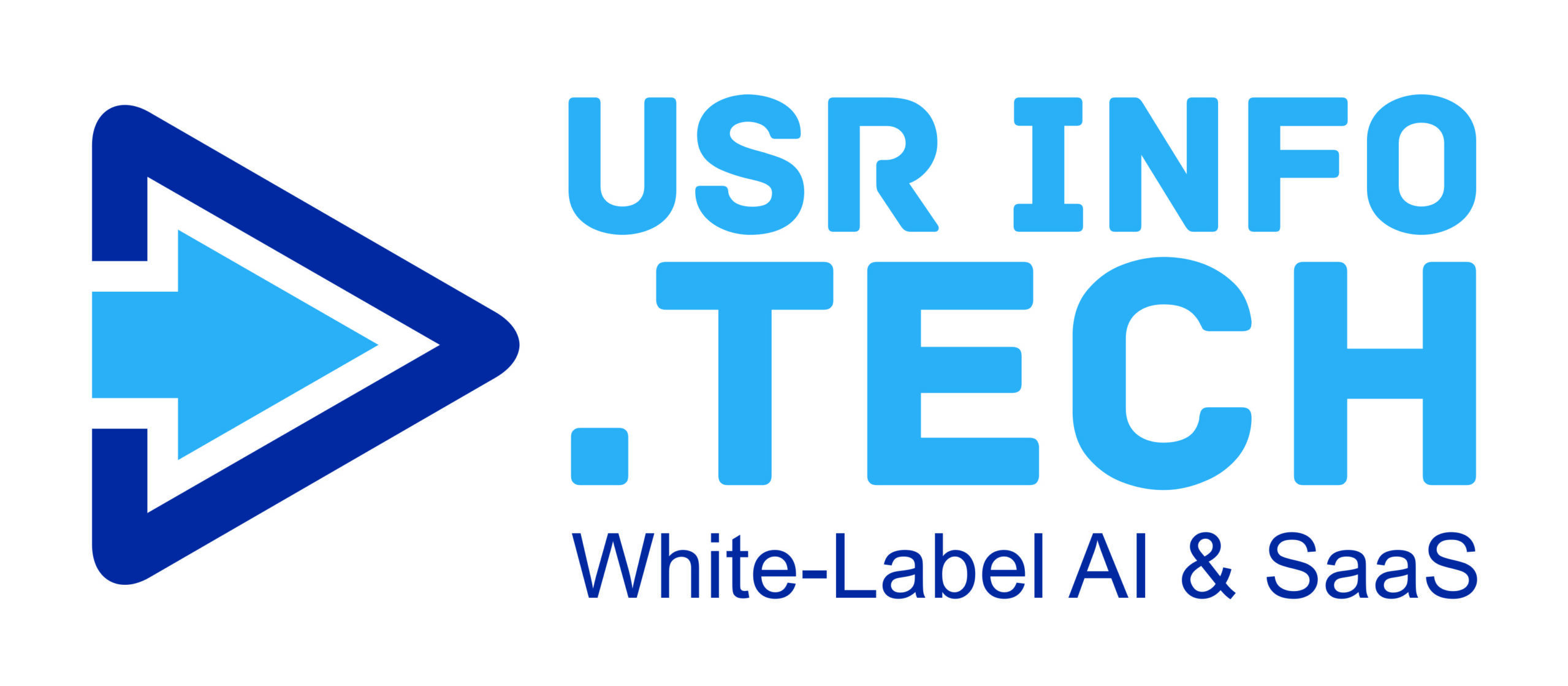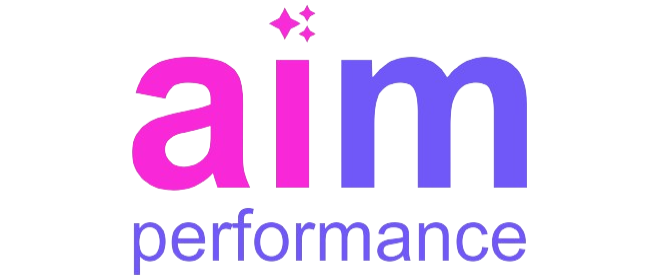In today’s rapidly evolving work environment, understanding and leveraging the competencies of your workforce is paramount. Effective performance management hinges on recognizing the diverse skills across various roles, be it white collar, grey collar, or blue collar workforce. By implementing competency-based performance management systems, organizations can drive productivity, enhance employee satisfaction, and achieve strategic goals.
Understanding Competencies in Performance Management
Competencies refer to the skills, knowledge, and behaviors that employees need to perform their jobs effectively. These can be technical skills, soft skills, or a combination of both. In performance management, these attributes are used to set performance standards, identify training needs, and evaluate employee performance.
For white collar workforce, competencies might include analytical thinking, project management, and leadership. Grey collar workforce, who often blend manual and technical tasks, require technical proficiency, problem-solving, and adaptability. Blue collar workforce, performing more manual tasks, benefit from skills in areas such as safety awareness, teamwork, and physical stamina.
The Role of Competencies in White Collar Performance Management
White collar workforce, often engaged in managerial, administrative, or professional roles, require a broad range of skills to excel. Performance management for these employees focuses on identifying and developing these competencies to drive organizational success.
First, competencies help in setting clear performance expectations. By defining the skills and behaviors needed for each role, managers can create specific, measurable performance goals. This clarity enhances accountability and drives performance.
Secondly, competencies play a crucial role in career development. By assessing current levels, organizations can identify skill gaps and provide targeted training. This approach not only boosts individual performance but also prepares employees for future leadership roles, ensuring a strong talent pipeline.
Enhancing Grey Collar Performance Through Competencies
Grey collar workforce, who often perform technical and manual tasks, require a unique blend of skills. Performance management for this workforce focuses on balancing technical abilities with soft skills to enhance overall productivity.
Competency-based performance management helps in recognizing and developing the technical skills required for specific tasks. This ensures that grey collar workforce are proficient in the tools and technologies they use daily, reducing errors and improving efficiency.
Moreover, soft skills like communication, teamwork, and problem-solving are equally important. By incorporating these attributes into performance evaluations, organizations can foster a collaborative work environment, enhance employee engagement, and drive continuous improvement.
Blue Collar Workforce: Leveraging Competencies for Optimal Performance
For blue collar workforce, competencies are critical in ensuring safety, efficiency, and job satisfaction. Performance management systems that emphasize these skills can significantly improve outcomes for this segment of the workforce.
Safety is a top priority for blue collar roles. Skills in safety protocols, hazard recognition, and emergency response are essential. By regularly assessing and developing these abilities, organizations can minimize workplace accidents and ensure compliance with safety regulations.
Additionally, attributes like physical stamina, machinery operation, and teamwork are crucial. Performance management systems that focus on these areas help in setting realistic performance standards, providing appropriate training, and recognizing outstanding performance. This approach not only enhances productivity but also boosts morale and reduces turnover.
The Impact of Competency-Based Performance Management on Employee Engagement
Competency-based performance management has a significant impact on employee engagement across all workforce segments. By focusing on the skills and behaviors that matter most, organizations can create a more inclusive and motivating work environment.
For white collar employees, competency-based systems provide clear career progression paths. Knowing what competencies are required for advancement motivates employees to seek out development opportunities and strive for excellence.
Grey collar workforce benefit from this approach through targeted training and development programs. This method not only enhances their technical skills but also boosts their confidence and job satisfaction.
Blue collar workforce, often at the front lines of operations, feel more valued when their skills are recognized and developed. This recognition fosters a sense of belonging and loyalty, driving higher levels of engagement and productivity.
Implementing Competency-Based Performance Management Systems
Implementing a competency-based performance management system requires a strategic approach. Organizations need to start by identifying the key competencies for each role within the white collar, grey collar, and blue collar segments.
Once these are defined, the next step is to integrate them into performance evaluations. This involves setting competency-based performance goals, conducting regular assessments, and providing feedback. Training and development programs should be aligned with these attributes to address skill gaps and support continuous improvement.
Technology can play a vital role in this process. Performance management software with competency mapping capabilities can streamline evaluations, track progress, and provide actionable insights. This ensures a consistent and objective approach to performance management across the organization.
The Benefits of Competency-Based Performance Management for Organizations
Organizations that adopt competency-based performance management systems reap numerous benefits. By focusing on competencies, they can ensure that employees at all levels are equipped with the necessary skills and behaviors to perform their roles effectively.
This approach leads to higher productivity, as employees have a clear understanding of what is expected of them and receive the support they need to meet these expectations. It also enhances employee retention, as employees feel more engaged and valued when their skills are recognized and developed.
Furthermore, this method supports strategic goals by aligning individual performance with organizational objectives. This ensures that all employees are working towards the same goals, driving overall business success.
Overcoming Challenges in Competency-Based Performance Management
While the benefits of competency-based performance management are clear, implementing this approach can pose challenges. Organizations need to invest time and resources in identifying the right competencies, integrating them into performance evaluations, and providing appropriate training.
Communication is key to overcoming these challenges. Employees need to understand the importance of competencies and how they relate to their performance and career development. Managers need to be trained in competency-based evaluations to ensure consistency and objectivity.
Continuous monitoring and feedback are also crucial. Regular assessments and feedback sessions help in identifying areas for improvement and providing the necessary support to employees. This ensures that the competency-based performance management system remains effective and relevant.
Future Trends in Competency-Based Performance Management
The future of performance management lies in the continued evolution of competency-based approaches. As the workplace becomes more dynamic, the skills required for different roles will also change. Organizations need to stay ahead of these trends to ensure their performance management systems remain effective.
One emerging trend is the use of artificial intelligence and machine learning in performance management. These technologies can analyze large volumes of data to identify competency patterns, predict future performance, and provide personalized development recommendations.
Another trend is the increasing focus on soft skills. As automation takes over routine tasks, competencies like creativity, emotional intelligence, and problem-solving will become more critical. Organizations need to incorporate these attributes into their performance management systems to stay competitive.
Conclusion: The Strategic Advantage of Competencies in Performance Management
In conclusion, competencies play a vital role in performance management for white collar, grey collar, and blue collar workforce. By focusing on the skills and behaviors that drive performance, organizations can enhance productivity, engagement, and retention across all workforce segments.
Implementing a competency-based performance management system requires a strategic approach, including identifying key skills, integrating them into performance evaluations, and providing targeted training. While challenges exist, the benefits far outweigh the costs, making this approach a strategic advantage for organizations.
Embracing future trends and continuously evolving the competency framework will ensure that organizations remain competitive and successful in an ever-changing business environment.










